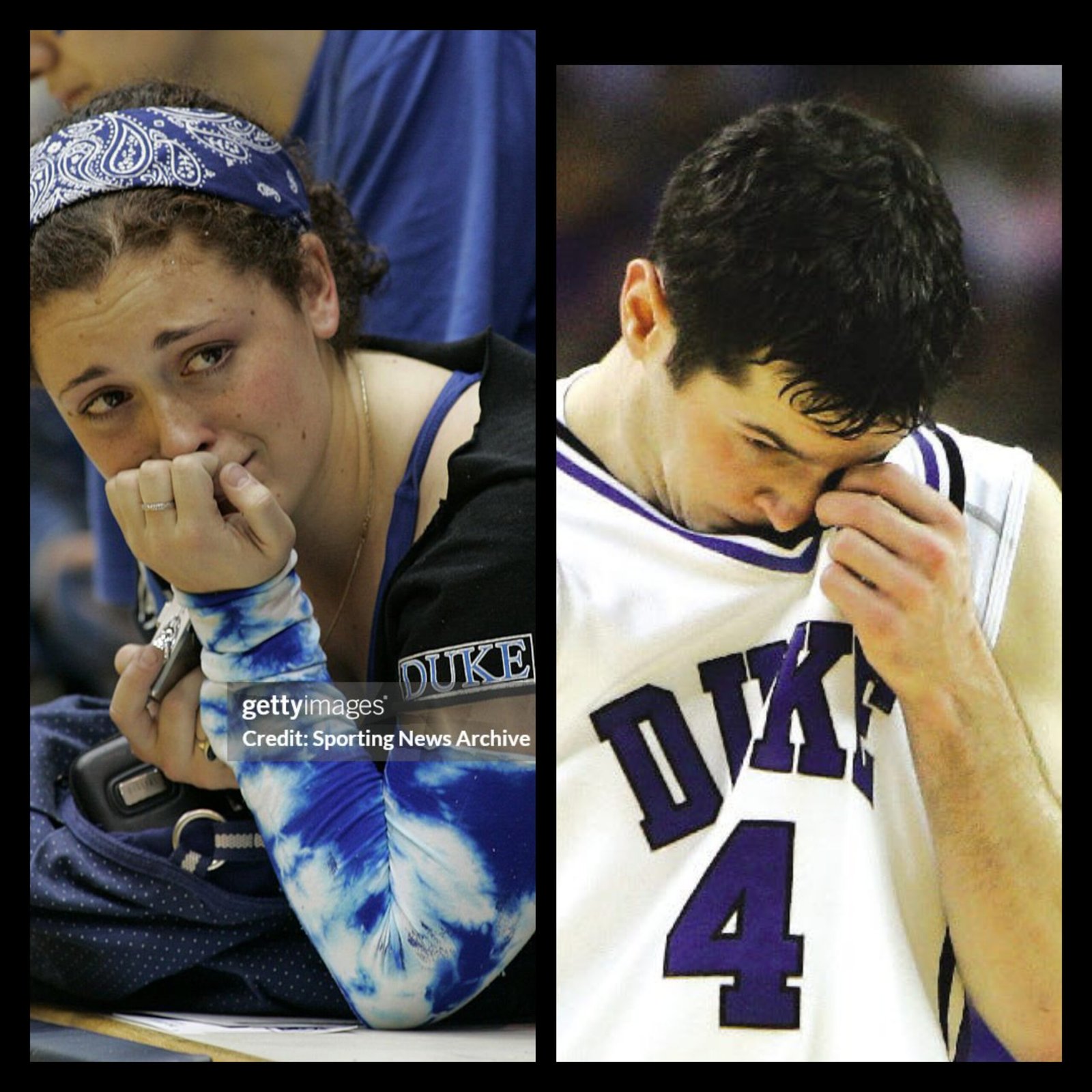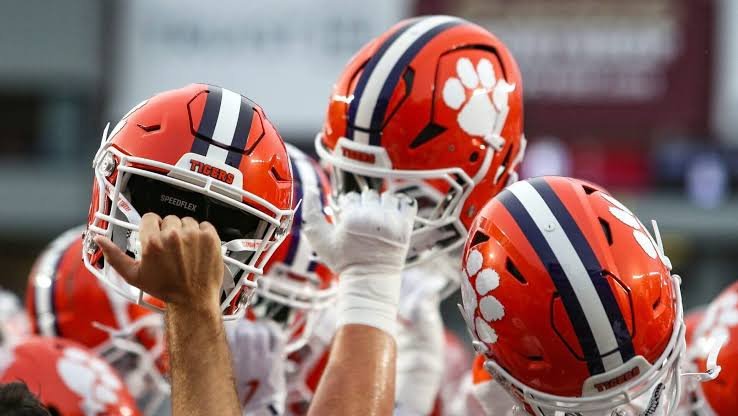**Duke, We Have a Problem: The Blue Devils Collapse**
The Duke Blue Devils, a team synonymous with college basketball dominance, are facing a crisis. Once feared, their recent performances have been nothing short of disastrous, leaving fans in shock and critics sharpening their knives. A program that thrives on excellence now finds itself stumbling, searching for answers in the wreckage of a season gone wrong.
Duke’s collapse isn’t just about a few bad games—it’s systemic. The team that once executed plays with military precision now looks disorganized. Defensive lapses, careless turnovers, and a lack of leadership have turned what should have been a championship-contending squad into a group struggling to stay afloat. The signature toughness and grit that defined the Blue Devils under Coach K seem to have disappeared. The question is: how did they get here?
One glaring issue is inconsistency. On paper, this team boasts elite talent—McDonald’s All-Americans, NBA prospects, and seasoned veterans. Yet, on the court, they play like strangers. One night, they dominate a top-ranked opponent; the next, they collapse against an unranked team. Their identity is unclear. Are they a fast-paced transition team? A defensive powerhouse? A three-point shooting squad? Right now, they’re none of the above.
Leadership, or the lack thereof, has also played a role in Duke’s downfall. In past years, the Blue Devils had vocal leaders—players who demanded accountability. Think Shane Battier, Christian Laettner, or Grayson Allen. This season, that presence is missing. When adversity strikes, no one steps up. Instead, heads drop, and the team crumbles under pressure.
Then there’s the coaching adjustment—or lack thereof. Jon Scheyer, stepping into the massive shoes of Mike Krzyzewski, is still finding his footing. While he has shown promise, his ability to adapt mid-game has been questioned. Opposing teams have exploited Duke’s weaknesses, yet the Blue Devils often seem slow to respond. The fire, the killer instinct, the refusal to lose—elements that made Duke legendary—are fading.
Defensively, this team is a shadow of its former self. The Blue Devils used to make opponents earn every point. Now, they give up easy baskets, lose defensive assignments, and get bullied in the paint. Even with athletic, long defenders, their rotations are sluggish, and the effort appears inconsistent. Championship teams lock in defensively. Duke, right now, does not.
Offensively, things aren’t much better. Their half-court sets look stagnant. Instead of crisp ball movement and purposeful cuts, possessions often end with forced shots or last-second desperation plays. The three-point shooting—once a Duke trademark—is unreliable. And in the clutch? This team folds, unable to deliver when it matters most.
So, what now? Can Duke turn this around? The talent is there, but talent alone doesn’t win championships—discipline, chemistry, and leadership do. The Blue Devils must rediscover their identity, recommit to defense, and find a leader willing to drag them through adversity. Otherwise, this season, and perhaps the program’s reputation as a powerhouse, could be in serious jeopardy.
Duke, we have a problem. And if they don’t fix it fast, their collapse may not be temporary—it may be the beginning of a new, darker era for one of college basketball’s most storied programs.



